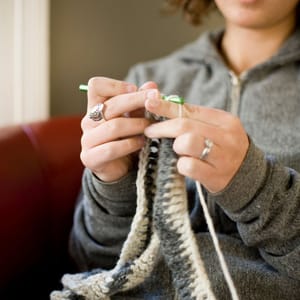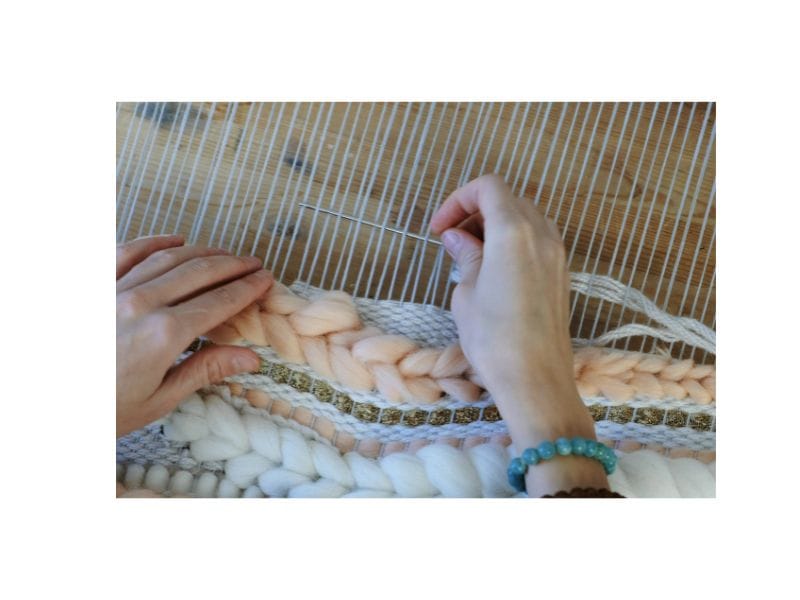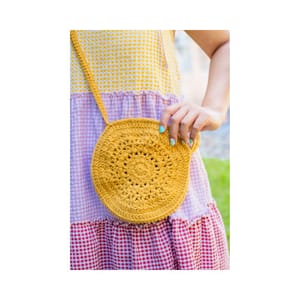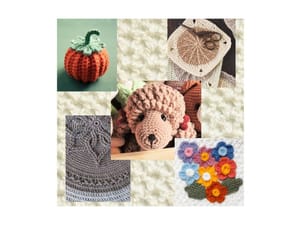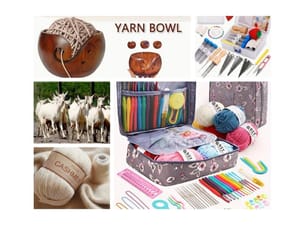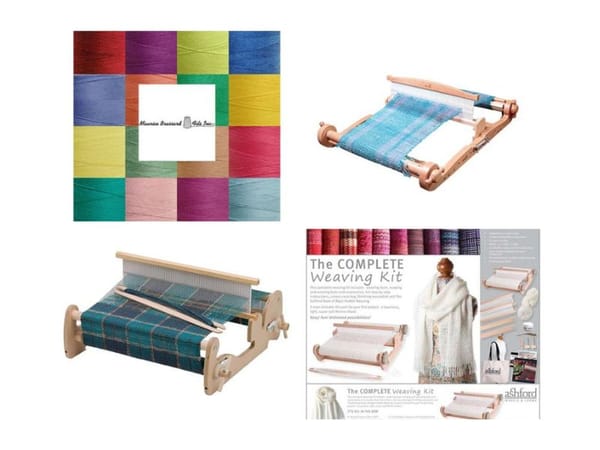Weaving on a loom looks hard at first glance with all the patterns and machinery.
But fear not and read on new weavers!
With a little patience and practice you can turn those tangled threads into beautiful fabric.
So, if you're wondering, "Is weaving on a loom hard to learn?"
Let’s look at the weaving learning curve, how to get started, and why weaving isn’t as hard as it seems.

Weaving Loom Learning Curve
Initial Challenges: Like any new skill, weaving on a loom has its challenges. The loom itself can look scary with all the heddles, treadles and beams. Just those terms alone can make your feel overwhelmed. But once you get to know the parts and what they do, it’s much more manageable.
Patience and Practice Makes Perfect: Weaving requires patience and being willing to learn from mistakes. The first attempts won’t be perfect, but each project will teach you something new. As you practice weaving, you’ll start to get into a rhythm and understand the loom.
Progression: (The light at the end of...) ...The learning curve is steep at the beginning, but it eventually flattens out as you get more experience. Start with simple patterns and work your way up to more complex designs.

How to Weave on a Loom
Choosing the Right Loom: There are many types of looms from simple frame looms to more complex floor looms.
A rigid heddle loom is a great choice for beginners because of its simplicity and versatility. You can make a wide range of projects without overwhelming complexity.
Gathering Materials: You’ll need yarn, a shuttle and a warping board or peg to set up your loom. Choose yarns that are easy to work with like cotton or wool as they have good tension and are forgiving for beginners.
Getting Started: First learn how to warp your loom which involves setting up the threads that run lengthwise. This is the most crucial step and the most important part of a weaving project. Once warped you’ll use a shuttle to weave the weft threads through the warp and create your fabric.
Warp and Weft: The Dynamic Duo of Weaving!
Let's unravel these terms:
Warp
Definition: The warp refers to the set of lengthwise threads that are held in tension on a loom. Think of them as the backbone of your weaving project, providing the structure and stability needed to create fabric.
Function: The warp threads are stretched tightly across the loom, and they remain stationary during the weaving process. They serve as the foundation through which the weft threads are interwoven.
Setup: Setting up the warp, known as "warping the loom," is a crucial step. It involves carefully measuring and threading the warp yarns through the heddles and reed, ensuring even tension and spacing.
Weft
Definition: The weft consists of the threads that are woven horizontally over and under the warp threads. If the warp is the backbone, think of the weft as the muscle, filling in and creating the fabric's body.
Function: The weft threads are inserted using a shuttle (a tool used to pass weft threads through the warp threads of a loom), and they move back and forth across the warp. This interlacing of weft and warp creates the woven fabric.
Flexibility: The weft offers more flexibility in terms of color and texture, allowing weavers to experiment with different yarns and patterns to achieve the desired design.
Together in Harmony
When warp and weft come together, they form the fabric's structure. The warp provides the length and strength, while the weft adds width and design. This interplay allows for endless possibilities in textile creation, from simple plain weaves to intricate patterns.
So, whether you're weaving a cozy scarf or a decorative tapestry, understanding the roles of warp and weft is key to mastering the art of weaving.
Happy weaving!
Resources and Support: There are many resources for new weavers including online tutorials, books and local weaving guilds. Joining a community of fellow weavers can be valuable for support, inspiration and advice.

Why Weaving isn’t as Hard as it Seems
Creative Expression: Weaving is a form of creative expression where you can play with colors, textures and patterns. Once you get the basics down the possibilities are endless and the satisfaction of making something with your own hands is so rewarding.
Mindful Crafting: The repetitive nature of weaving can be meditative and calm and a break from the fast-paced digital world where you can immerse yourself in a hands-on activity.
Skill Development: As you keep weaving, you’ll develop fine motor skills, problem-solving abilities, and an eye for design. Each project will deepen your understanding of the craft and build your confidence.

It isn’t hard, is it?
While it may seem so at first, with patience and practice weaving is a fun and rewarding hobby.
Start with simple projects and work your way up to more complex designs and you’ll find weaving isn’t hard and is a great way to express yourself.
So, go for it - Embrace the Loom and start weaving!
Weave on!

Images Courtesy of Canva

